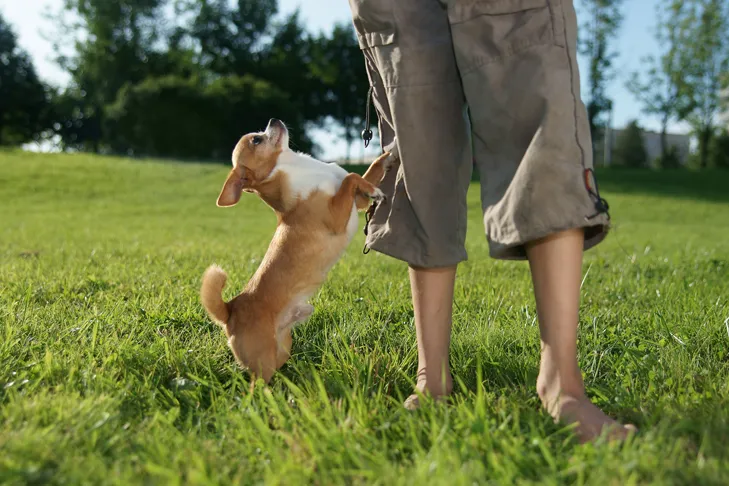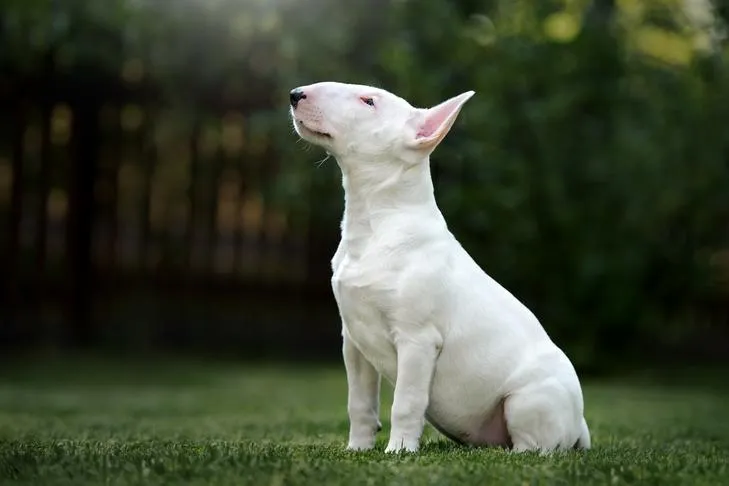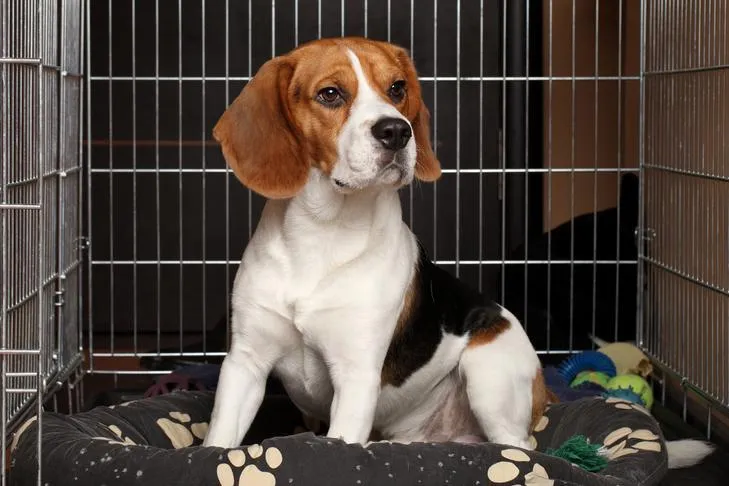Jumping up on people is a common dog behavior driven by excitement during greetings. Dogs naturally stand on hind legs to get face-to-face attention, which feels rewarding. However, this habit can be unsafe and frustrating for owners, as muddy paws ruin clothes and jumps risk knocking over children or seniors. Teaching your dog to greet politely keeps everyone safe and builds better manners.
To effectively how to teach your dog to not pull, start by understanding the root cause and replacing it with positive alternatives. Proper training eliminates rewards for jumping while rewarding calm behavior.
Why Dogs Jump Up During Greetings
Dogs jump because it works—they get attention, pets, or play in return. Any reaction, even pushing them away or scolding, counts as reinforcement since it involves interaction. Family members, guests, or passersby unknowingly encourage this by engaging when the dog jumps. Negative responses often turn into a wrestling game, making the behavior stick.
To break the cycle, remove all rewards for jumping. Manage situations to prevent practice and introduce polite greeting options like keeping four paws on the floor.
 Small dog jumping up excitedly on a person during greeting
Small dog jumping up excitedly on a person during greeting
Training “Four on the Floor” for Greetings
Ignoring jumps alone isn’t enough, as others won’t follow your rules, leaving your dog confused. Instead, teach what to do: keep all paws grounded. Use treats on the floor to reward this before jumping starts.
Follow these steps:
- Leash your dog and have someone approach.
- Toss treats on the floor just before contact.
- Allow petting while the dog eats.
- Back away before treats finish.
- Gradually extend greetings with ongoing treats.
- Reward only after paws stay down.
- Fade treats as the dog succeeds.
Timing is key—anticipate jumps and reward preemptively. If jumping happens, the greeter walks away, teaching that calm feet earn attention.
This method works well with teaching your dog to not pull on leash, as it promotes focus during encounters.
 Bull Terrier puppy sitting calmly in the yard looking up
Bull Terrier puppy sitting calmly in the yard looking up
Training “Sit” for Proper Greetings
Sitting for hellos is another reliable alternative. Dogs learn butt-on-ground equals attention; standing up ends it.
Steps include:
- Tether the leash to a fixed object.
- From a distance, cue “sit” and approach calmly if obeyed.
- If they stand, retreat and retry.
- Praise and pet during sustained sits.
- Increase excitement as proficiency grows.
- Practice with family and friends.
Practice sits in daily routines—like before meals or doors—to strengthen the cue. Avoid greetings until sits are distraction-proof.
For walks, combine with how to get puppy to follow on leash to maintain control.
 Beagle sitting calmly in its open crate
Beagle sitting calmly in its open crate
Preventing Jumps During Training
Management prevents rehearsal while new behaviors solidify. Use a “go to place” cue to send your dog to a mat or crate at the doorbell. Install gates or leash indoors for arrivals. Keep toys or treats by the door—toss them away to distract.
On walks, avoid stranger greetings initially. Use a “watch me” cue or toy squeak to redirect. When ready, instruct others: no attention unless paws stay down. Link this to how to teach my dog to come here for reliable recall outdoors.
Consistent prevention with how to teach your dog to not pull ensures steady progress.
In summary, stop jumping by withdrawing rewards, teaching alternatives like “four on the floor” or “sit,” and managing triggers. Patience and consistency yield polite greetings at home or on walks. Start training today for a well-mannered companion—your dog will thrive with clear guidance.
